Still basking in the afterglow of discovering Costa Rica’s spectacular hidden beaches, my adventurous spirit yearned trying what looked like every imaginable water sport those aquatic wonderlands offered. My intrepid companion Carlos felt similarly – why not go all out immersing ourselves in activities perfectly suited for this water-lover’s playground?
We enthusiastically dove in headfirst. Over two thrilling weeks, we crashed through waves kitesurfing, reeled in feisty fish sportfishing, explored underwater marvels scuba diving and more. Although sore arms and bruised egos ensued periodically, our ambitious mission culminated successfully.
Here’s our ranked list of Costa Rica’s top six water sports for tempting travelers:
Table of Contents
6. Stand Up Paddleboarding (SUP)
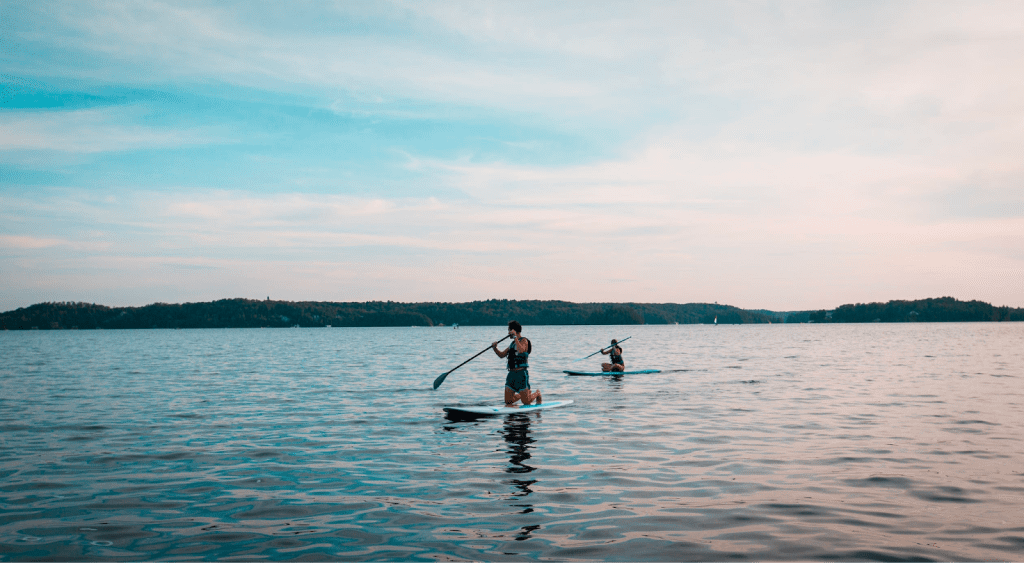
Balancing precariously on what resembled an oversized surfboard, I skeptically eyed the small paddle meant to propel me across the water. “Just stay loose and centered on the board!” Carlos called out cheerily from his steadier vantage point. Easier said than done on the swell-prone golden sands of remote Playa Barrigona.
After multiple wobbly toppled-over attempts to simply rise upright on my board, stand up paddleboarding proved harder to grasp than it looked. The learning curve remained steep for a long frustrating morning. Ready to quit, I finally found my footing – and stroke. As I dug the paddle blade into gliding across the sun-spangled sea at an almost meditative pace in harmony with rolling waves, stand up paddleboarding’s appeal clicked instantly. No wonder SUP keeps gaining fans worldwide, especially newbie surfers or paddle sport enthusiasts not quite coordinated enough yet to pop up on traditional shorter boards. “It looks so peaceful and fun!” I heard a swimmer call out enviously from the shore after congratulating me on staying vertical for over 30 minutes.
Who It’s Ideal For: From flatwater bay cruising to riding ocean swells, stand up paddleboarding suits most ages and fitness levels seeking to explore waterways in a balanced full-body workout minus steep learning curves of surfing or kayaking. Even restless kids can try tagging along for family-friendly fun.
5. Kayaking
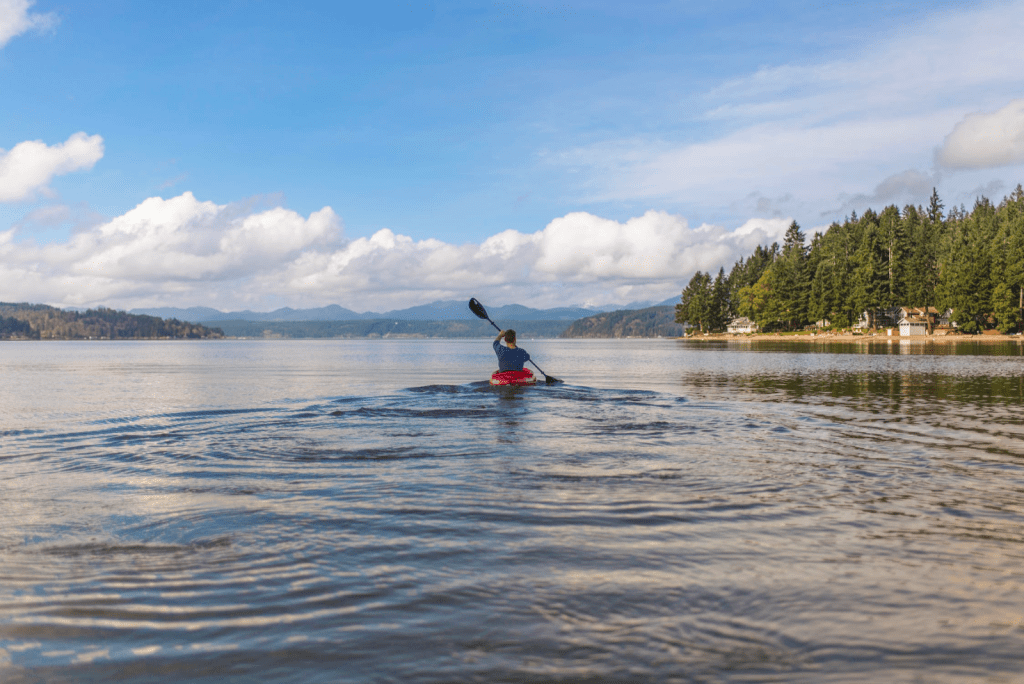
Puttering around protected coves and tidally exposed coral pools in the unspoiled tropical ecosystem of Playa Biesanz proved the perfect maiden voyage to dip our kayaking toes in gently without getting overwhelmed. Easy to maneuver the sleek kayaks using double-sided paddles for steering leverage, we marveled at neon-hued fish darting through crystal waters at these access points only revealed during low tide.
The physical upper body effort felt noticeable but not too strenuous. “No wonder kayaking is one of most popular activities around Manuel Antonio National Park area,” I remarked later. Carlos agreed: “It’s so cool to have entry to small areas motorboats can’t reach – and we spotted sloths and monkeys from our dry seats!”
Who It’s Ideal For: First-timers seeking to relaxingly explore mangrove estuaries or inland waterways thrive kayaking Costa Rica’s sheltered Pacific coves and Caribbean canals. Add a transparent hull for marine viewing underwater. Kayak models accommodating young children with parents foster family participation.
4. Snorkeling
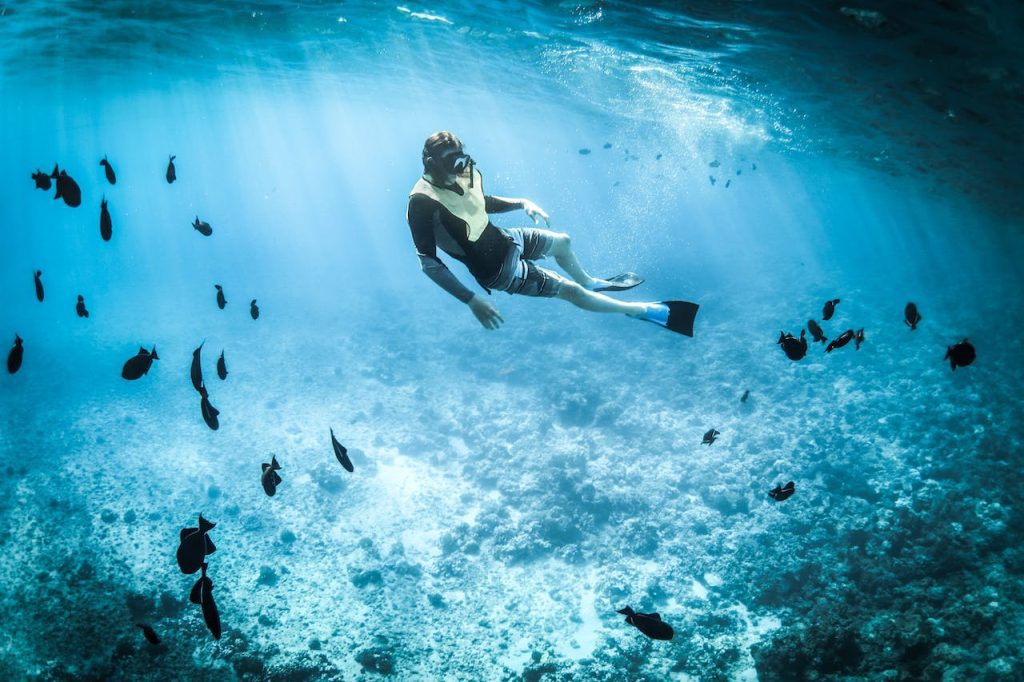
“Get ready for your mind to be blown!” our enthusiastic boat captain Emilio declared en route to remote San Miguel Island. Geared up with mask, fins and breathing tube, I squealed gleefully over exquisite corals fringing volcanic rock boulders and reefs. Brighter tropical fish than I’d ever seen swarmed the fantastical seascape. Even timid Carlos turned spokesperson for the dazzling underwater universe revealed snorkeling around San Miguel: “Snorkels are magic wands providing windows to an exotic world right under the ocean’s skin that many people miss out on their whole lives – such a loss!”
Back on board, Emilio nodded knowingly. “Enjoy San Miguel now if you can. Word is out it’s Costa Rica’s best snorkeling destination. I give it 5 more years before crowds and damage arrive.” What a sobering thought about the double-edged sword of tourism.
Who It’s Ideal For: Virtually anyone able to swim moderately can snorkel, with minimal gear investment. Float lazily watching marine dynamics unfold through your mask portal or swim actively covering more territory. Either way, prepare for astounding new worlds brimming with life visible snorkeling off Costa Rica’s beaches and islands!
3. Surfing
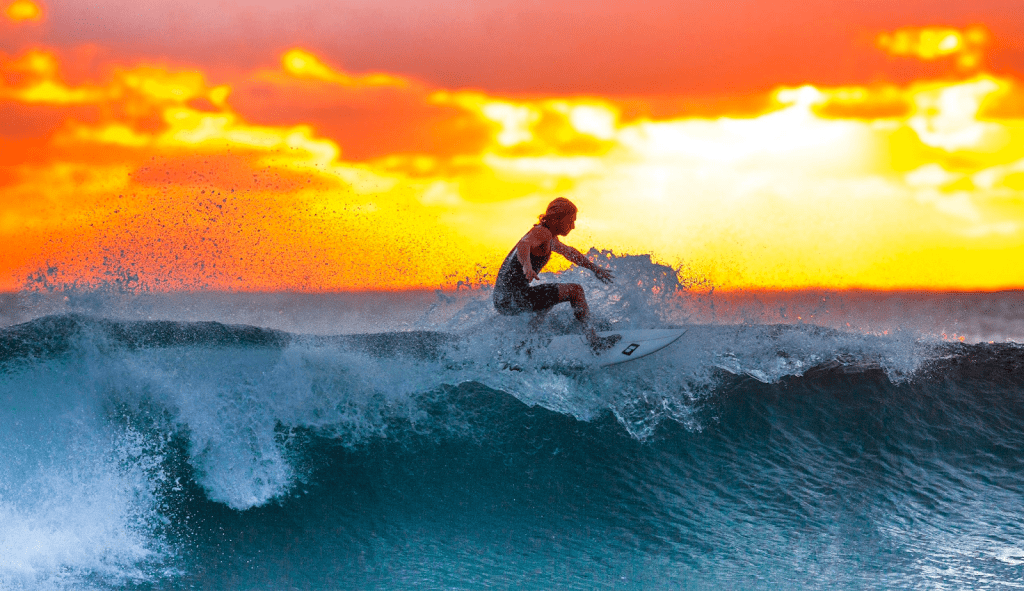
Laughing ruefully at the memory of my earlier stand up paddleboarding faceplants, I winced watching Carlos get repeatedly body-slammed by pounding waves trying real stand-up surfing next at Playa Matapalo. “These barrigonas (big waves) are no joke – I swear that last one had fangs!” he joked good-naturedly after the sixth failed attempt to successfully ride his foam longboard to shore.
No question surfing’s steeper learning curve and demand for balance, strength and stamina exceeds paddleboarding. But what a thrill once it all comes together, floating along those aqua walls adrenalized by nature’s intense power channeled underfoot. I mollycoddled my bruises onshore photographing Carlos’ courage battling Matapalo’s breakers, reminded how iconic surf culture permeates Costa Rican identity. From pros defying 30-foot wave faces at legendary Pavones down south to groms (young surfers) kneeboarding gentle Caribbean swells, surfing embodies the national psyche like no other sport here. Just mind the rips if you’re a rookie!
Who It’s Ideal For: While shortboarding’s explosive maneuvers accessed only by experts, longboarding’s gentler glide can appeal more immediately to athletic intermediate wave riders once the challenging basics click. Costa Rica overflows with surf schools and camps guaranteeing newbies stand-up success even on “killer tree beach’s” notorious Matapalo barrels in due time!
2. Sportfishing
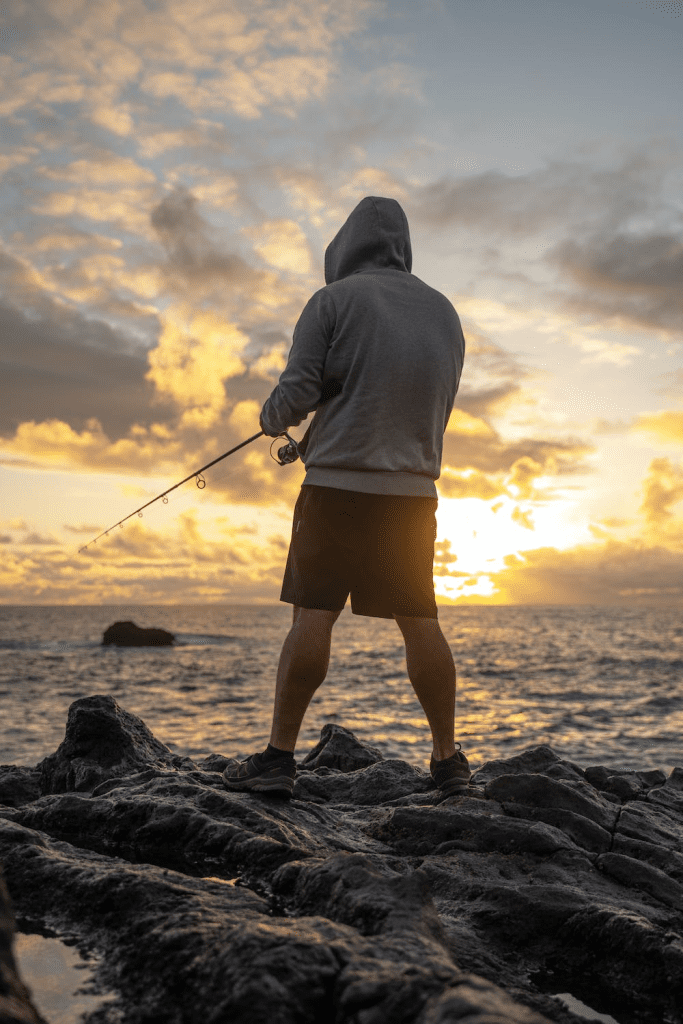
“Hold on tight, this dorado’s putting up a mean fight!” I cautioned Carlos aboard our chartered 25-foot sportfishing boat as a muscular green-gold fish leapt and dove angrily against the line 20 minutes into the battle. Reeling these fast big-game fish flashier than rainbows demanded all my strength. I finally subdued the 10-pounder alongside for a triumphant photo before carefully releasing the flashy fighter. What a blast match!
We cast into plentiful feeding grounds off the Pacific Northwest coast, sparring with wahoo, snapper, roosterfish and more tenacious species using varied lures and techniques. Addictively exciting compared with casting from shore, each boated fish brought shared high-fives with our skilled native skipper Rhon. I now grasped why sportfishing hooks so many seeking both trophy catches like sailfish, marlin or tarpon along with incredible scenery and wildlife viewing on open seas. Just be conscientious catching only what you’ll eat and following strict sustainable practices – the oceans need protecting too!
Who It’s Ideal For: Anglers more serious about landing sizeable feisty fish offshore often best accessed by boat will get hooked battling Costa Rica’s fighting fish famed for their drag-peeling stamina when properly played. Just set limits keeping only what you can eat fresh.
1. Scuba Diving

Giant manta rays and sharks coexisted peacefully with schools of smaller tropicals on reefs encircling remote Cano Island. “This is nothing – you should see the amazing creatures flocking around Cocos Island further out! It’s one of the world’s top big marine animal dive hotspots,” urged master diving instructor Federico. I nearly choked on my regulator – could scuba diving honestly get even more spectacular?
Gliding weightlessly through crystalline waters where visibility exceeded over 100 feet felt akin to spacewalking on an alien planet. Vibrant corals and endless species of exotic fish hypnotized us for hours underwater at this Costa Biodiversity Mecca just off Drake Bay. Emerging finally, Carlos exclaimed, “We could dive here every day for a whole month and barely repeat creatures or terrain!”
Our underwater cameras couldn’t capture a fraction of the dazzling sights swarming before our masks. From endangered hammerhead sharks to feisty sea turtles, spotting megafauna superstars never disappointed. “Hasta luego!” Carlos grinned, mesmerized doing our safety stop hovered above magnificent rock reefs before reluctantly ascending. No doubt we’d crave returning to scuba dive Costa Rica again soon!
Who It’s Ideal For: Once certified, scuba opens Below the Border doors to extraordinary marine worlds for everyone reasonably fit over age 10 able to master basics like equalizing pressure and breathing underwater without panicking. Drift along reefs or plunge deeper contours on tanks allowing unmatched access to detail and size of mysterious realms under the sea other sports can’t replicate.
Want More Aquatic Action?
Clearly water dominates what attracts so many visitors to “Rich Coast”, as Costa Rica translates. Beyond our ranked list, standout bonus adventures tempt too for diehard water warriors determined to try it all. Next on my hit list after scuba diving around Cano: kitesurfing Papagayo Bay’s blustery winds, wakeboarding freshwater Lake Arenal’s glassy waters – maybe even braving Pacific storm swells to surf mythical Witch’s Rock like they featured in iconic surf flick Endless Summer 2!
Or just splashing about bodysurfing fun beach breaks around Manuel Antonio and soaking in vigorous Vulcan hot springs sourced by active Arenal Volcano works too if you prefer relaxing on Costa Rica’s liquid edge. Either way, don’t miss getting out on those gorgeous waters waiting beyond breathtaking coastlines!
Pura Vida from our newest favorite water sports haven!
Frequently Asked Questions
What is the best water sport for families with kids in Costa Rica?
Kayaking along calm, protected coves and beaches works well for families with kids of most ages in Costa Rica. Stand up paddleboarding is another good option suitable for a wide range of ages and skill levels.
Where are the best spots for surfing in Costa Rica?
Popular surf towns include Tamarindo, Santa Teresa, Dominical, Pavones, and the Caribbean coast around Puerto Viejo. Playa Matapalo on the South Pacific coast offers epic waves but is better suited to intermediate and advanced surfers.
Do I need to get scuba certified before diving in Costa Rica?
Yes, you’ll need to be a certified diver for scuba trips in Costa Rica. There are certification courses you can take once you arrive if you’re not already certified. Excellent dive sites to consider are around Cano Island and Cocos Island.
What is the best way to find sportfishing tours in Costa Rica?
Many coastal resort towns like Los Sueños, Flamingo Beach, and Golfo Dulce have sportfishing operators offering charter trips. Hot spots include the Guanacaste coastline and Drake Bay/Cano Island areas which are prime big game fishing regions.
What should I know about stand up paddleboarding in Costa Rica for the first time?
It’s wise to take an introductory SUP lesson for beginners before trying to paddle solo, especially in the ocean around bigger waves and currents. Many beach towns offer SUP lessons and rentals to get you started correctly with the basics.
Is kitesurfing safe for someone trying it for the first time?
Not usually – it’s strongly recommended you take lessons from an experienced instructor when attempting kitesurfing for the first few times. Excellent windy spots to learn are Lake Arenal and Papagayo Bay, where instructors can guide newbies safely.
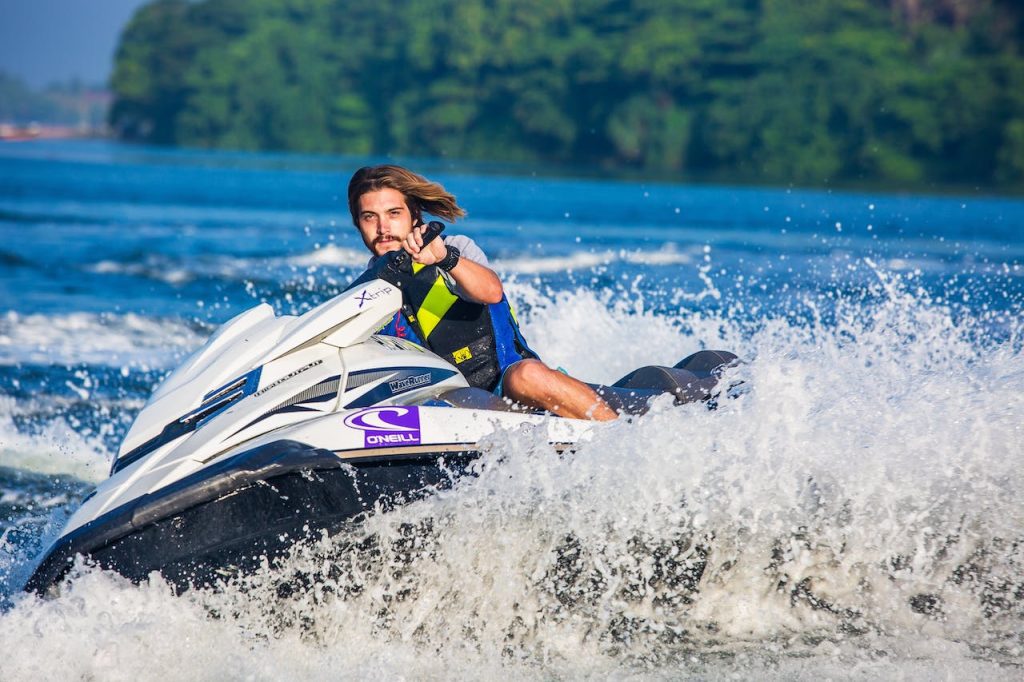
1 Comment
Pingback: The Most Epic Costa Rica Adventure for Under $100 (cheap adventure tours costa rica) - Tipdive